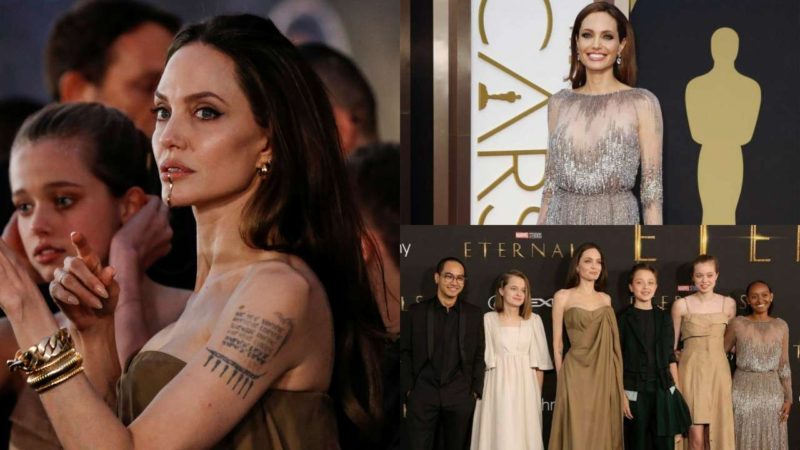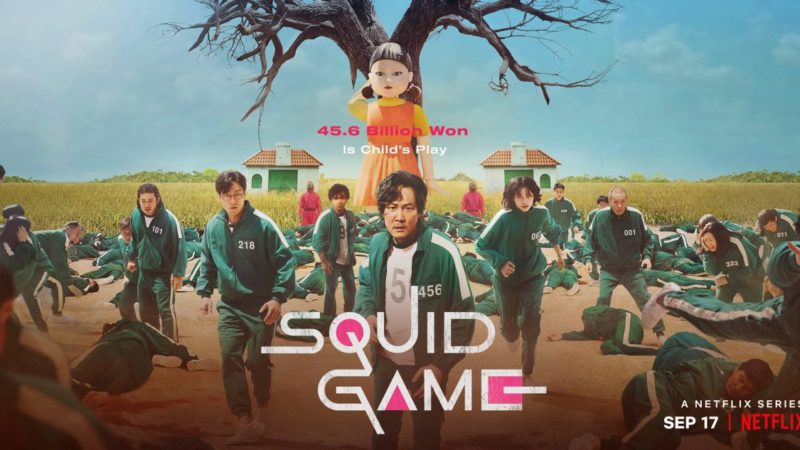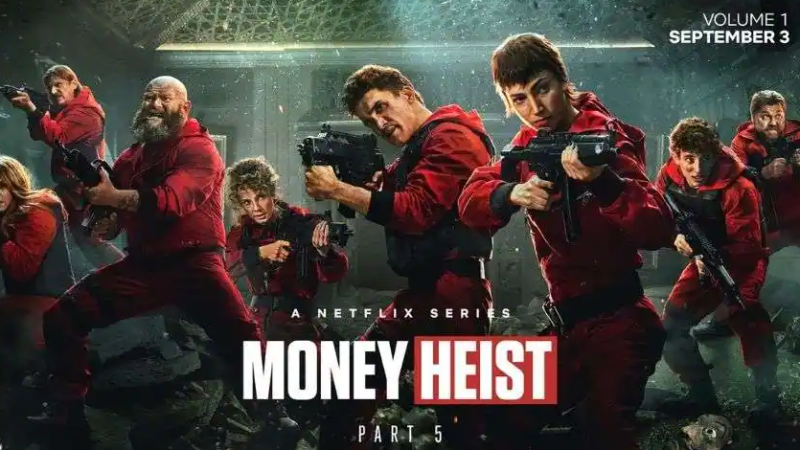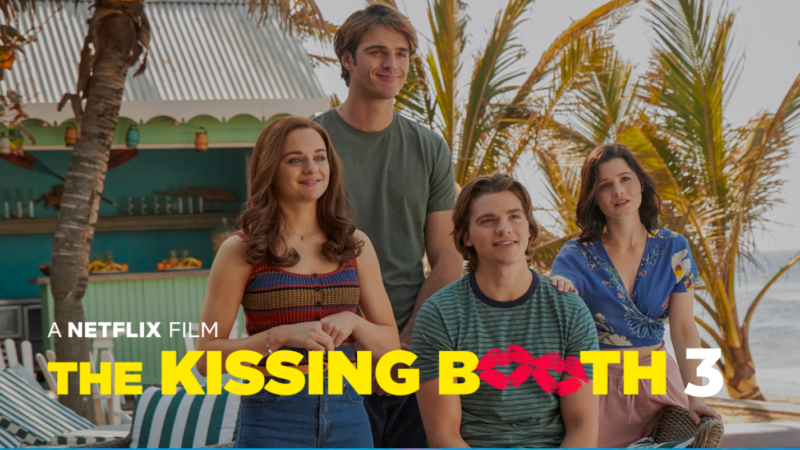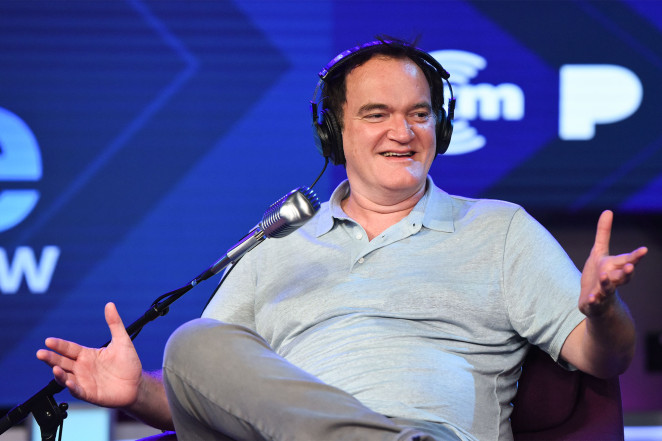5 changes in the Snyder Cut that improved Justice League
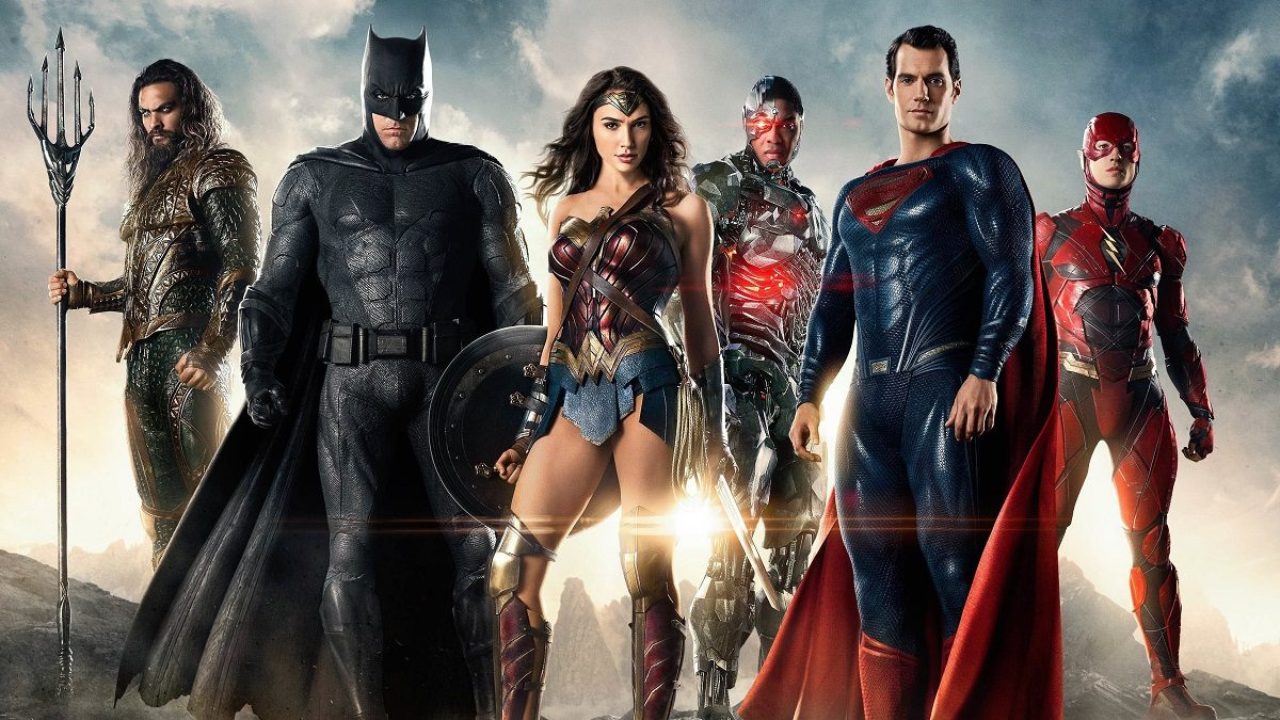
Can you spot the differences?
That’s the underlying and inevitable question at the heart of Zack Snyder’s Justice Leaguea.k.a. the Snyder Cut. The answer, for practical reasons, is obviously and definitively “yes.” Snyder’s version clocks in at four hours where the original 2017 movie only ran for two. Some scenes are extended, like the Amazon defense of Themyscira. And there are new scenes as well, including one where we see Aquaman’s reunion with a certain Atlantean.
But Snyder also takes some big storytelling swings that completely alter the story of the 2017 film. He introduces new characters, depicts some characters’ origin stories in new ways, and even changes the overall ending. The result, ultimately, is a stronger movie.
Here are the five most important and exciting departures that led the Snyder Cut to improve on the original.
RELATED
It’s actually Darkseid’s invasion, not Steppenwolf’s
What makes the Snyder Cut work — and the biggest difference overall — is the overhaul of Justice League’s villain. In the original film, Steppenwolf wants to invade Earth and needs the Mother Boxes to do so. But the movie doesn’t really explain why Steppenwolf wants to turn Earth into a burning wasteland beyond wanting to turn it into a burning wasteland.
What is Steppenwolf’s motive for ruining a perfectly good planet? Why doesn’t he want to rule it? Isn’t a world full of human subjects more valuable than a hellscape? The original Justice League has no answers.
The Snyder Cut clears this up: Steppenwolf is nothing but a henchman, a herald of a bigger villain named Darkseid. With this shift, Steppenwolf is just out destroying worlds willy nilly, without much logic or thought. He’s not concerned with enslaving humanity. He just wants to make his boss happy and win his trust, which sort of makes Steppenwolf a more tragic figure. He’s demolishing worlds because it’s Darkseid’s will. And if you have problems with Steppenwolf’s destruction, as the Justice Leaguers do, you’ll have to take it up with the manager — which the team is getting ready to do at the end of the Snyder Cut, with the intention of clashing with Darkseid in a future movie.
Please welcome to the stage, the shape-shifting Martian Manhunter
Midway through the Snyder Cut, Superman’s mom, Martha Kent, has a heart-to-heart with Lois Lane, just like in the original. Ma Kent is basically talking Lois out of depression, as she hasn’t been going to the office or done much of anything since Clark died. Lois’s main passion has always been journalism, and the fact that she’s not writing stories signals her deep mourning. While it doesn’t inspire her to get back to work (she’s writing fluff pieces in the original movie, but not writing at all in the Snyder Cut), the chat does lift Lois’s spirits.




The change here is who is actually participating in it.
In the Snyder Cut, Martha Kent is actually J’onn J’onzz, the shapeshifting character also known as Martian Manhunter. The effect on Lois’s end is more or less the same, but from the viewer’s perspective, learning that J’onn is impersonating Martha gives us new insight into the character and how he’s been working behind the scenes all this time. His interaction and interference is a sign that he’s been keeping tabs on Martha and Lois for whatever reason, and he either sees Lois as important or has some platonicaffection for her.
What we don’t get is much of J’onn elsewhere in the movie, so we’re left to guess at his motivations. We don’t know why he didn’t help the others in their battle against Steppenwolf, nor do we know just what he’s capable of or what he’s seen. We also don’t see him use his other powers, like telepathy. His only other appearance comes at the end of the film, when he tells Bruce Wayne he wants to join the Justice League, but again, we don’t know his thinking.
Cyborg gets a story that’s actually worth telling
My favorite Snyder Cut deviation, and one worth the extra runtime, concerns Cyborg and how much deeper the new movie goes into Cyborg’s story with his father. In both versions, Cyborg and his father don’t get along, and that’s made more complicated when Dr. Silas Stone turns his son Victor into Cyborg to save Victor’s life.
Where the original movie barely traces the fallout of Silas’s decision, the Snyder Cut considerably expands Cyborg’s arc, showing not just how Silas often chose his work instead of supporting Victor, but also how Silas attempted to win back Victor’s trust. It’s a tragic story of a father who thought he was making the best decisions for his kid and a son who never felt like his father loved him.
After turning Victor into a superhuman, Silas tries to explain to him that doing so was a matter of life and death. Perhaps selfishly, he didn’t want to see his son die. Silas also tries to impart that, as Cyborg, his son is now capable of changing the world — and that he needs to act dutifully and use his new abilities responsibly.
Victor holds a massive amount of resentment against his father, who he already struggled to connect with, for turning him into this thing. The pair’s tumultuous relationship culminates at the end of Snyder Cut’s second act, with Silas sacrificing his life by superheating one of the Mother Boxes and allowing Victor, who can now track said box, an opportunity to save the world.
For Victor, saving the world is also about avenging his late father and coming to terms with their relationship, imperfections and all. And knowing that adds so much more to the character than we saw in the original Justice League.
The Knightmare continues
Zack Snyder has an established fascination with depicting Batman’s paranoia and fears in a dream that’s been dubbed the “Knightmare.” It first showed up in 2016’s Batman v. Superman: Dawn of Justice. In that flick, Batman has a vision about a dusty, apocalyptic world where Superman is an authoritarian figure. His vision about this dystopia is what drives him to fight the superhero in the hope he can avert that unfortunate future.
The Knightmare makes its second appearance in the Snyder Cut as the epilogue.
Batman, Mera, Cyborg, Deathstroke, and the Joker are all on the run in what appears to be the same dry and dusty dystopian world that Batman previously dreamed about. After some bickering among themselves and a round of monologues, they come face to face with a menacing and evil Superman. The implication is that they didn’t do enough to avert this very bad future.
Lois Lane, and perhaps her death, is key to both these visions.
Batman’s now-recurring Knightmare seems to be part of Snyder’s future plans for the DC Extended Universe. Ostensibly, the hypothetical next movie after Justice League would have shown us Batman reacting to this new vision and attempting to change the present. These visions are also one of the few moments of interiority for Batman, a character who in both versions is written opaquely. He does things and says things, but we don’t see the compelling connective tissue.
The Snyder Cut’s Knightmare scene isn’t a magic bullet, as there are still some gaps with Batman as a character — I’d argue that there’s actually a lack of antagonism and suspicion toward Superman in the Snyder Cut. But the dream sequence in the Snyder Cut’s epilogue does give us a frame to link our ideas about Batman to the future of the Justice League, as well as to Batman’s ongoing, contentious relationship with Superman.
The Snyder Cut’s final battle teases a Flashpoint-type event
The Justice League’s final battle against Steppenwolf is completely overhauled in the Snyder Cut. And I’m not a big fan of all of it.
My main complaint is that it relies heavily on the Flash running around to build up a charge that’s big enough to boost Cyborg’s ability to integrate with the Mother Boxes. Instead of saving civilians, as he does in Justice League, the Flash spends the majority of the battle running around in a circle. Somehow, one of the parademons manages to shoot him down and in doing so stops the super speedster from hitting Cyborg with the charge. That subsequently foils the Justice League’s efforts to save the world from Darkseid’s invasion.
But the Flash realizes this, and he breaks his own rules of traveling faster than light speed. He breaks the light speed barrier and essentially travels back in time, undoing the Justice League’s failure.
Whew.
The original film merely ended with our heroes defeating Steppenwolf, and Steppenwolf being eaten by his parademons.
By changing this battle, it seems that Snyder’s aim was to set up future movies, or at least to prime the Flash for time travel storylines. In particular, the Snyder Cut’s radically altered ending lays the foundation of what’s known in DC’s comic books as Flashpoint. It also connects to the animated 2013 film Justice League: The Flashpoint Paradox. The idea is simple: Because the Flash can essentially move backward in time, he can stop bad things from happening, like the death of his mom.
But these acts don’t exist in a vacuum.
In those stories, when the Flash saves his mother, he causes a chain of ripple events that completely alters the future. Recognizing this, the Flash concludeshe can’t and shouldn’t save his mom. He also learns a lesson about how messing with time results in multiple, alternate, sometimes exponentially worse timelines and universes.
Granted, I don’t know when Snyder would have eventually picked up this storyline, or what movie he might have done it in, but the Snyder Cut’s new ending also tracks with the aforementioned Knightmare scenes. If Batman is having very real premonitions about the future, it wouldn’t be out of place for the Flash to be able to travel back in time and tell Batman and his team how to avoid an undesirable fate. That’s what happened in Batman v. Superman: Dawn of Justice, where Flash appeared in a very brief cameo.
Snyder’s revamped finish also teases an eventual meeting between the Justice League and Darkseid. The latter’s apocalypse was narrowly averted, and the Flash knows exactly how things would’ve played out if he hadn’t time-jumped (basically, all the heroes die). That puts the character in a different headspace post-battle, and at the same time, he and his fellow Justice Leaguers know that Darkseid’s war is now inevitable. There’s more urgency at the end of the Snyder Cut to start building out the team — regardless of whether there’s another movie in the works.
And that’s sort of where we’re at, right? The DCEU has moved on from Snyder as its driving force, with a slew of different movies on the way that aren’t slated to align with the director’s vision. But the Snyder Cut has now proved that never doesn’t necessarily mean never. Warner Bros. footed the reported $70 million bill to get the film released, and if it becomes a commercial success — it’s already a critical success — who’s to say that Snyder, if he wants, won’t be allowed to make another movie or two as part of an alternative or stand-alone universe? It’s clear he’s got the pieces set up on the board, and a plan for what to do with them. He just needs a green light.
source : vox.com

